By: Peter Quao Adattor
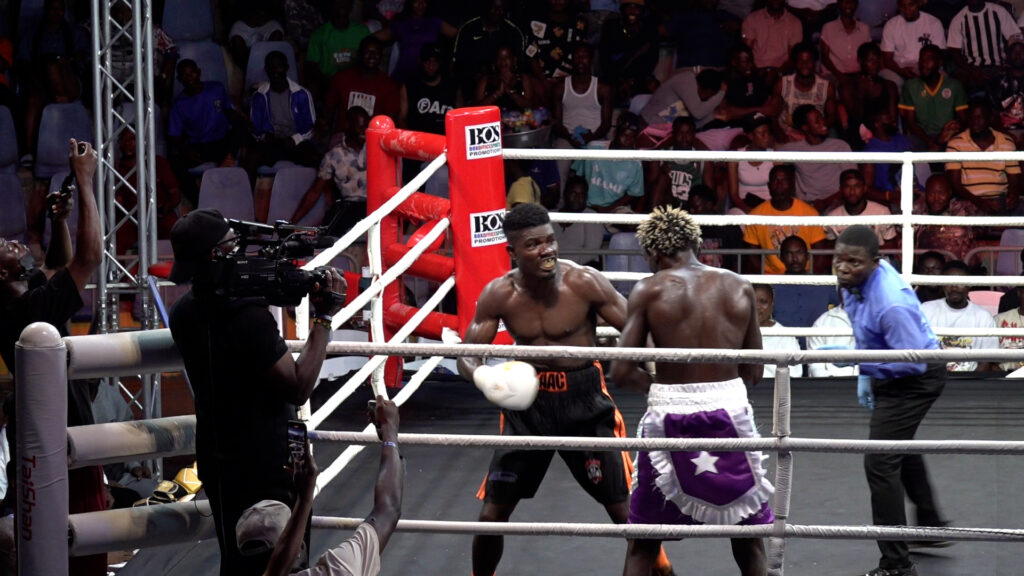
A weekend packed with thrilling boxing action in Ghana and across the globe turned into a contentious spectacle as multiple bouts ended in controversy, raising questions about officiating, interpretation of rules, and the need for consistent regulation. From Accra’s Idrowhyt Events Centre to the historic Bukom Boxing Arena, and to Pechanga Arena in California, fans and fighters were left split over how decisions were made, forcing the spotlight onto the referees, commissions, and regulatory systems that govern the sweet science.
A Tale of Two Communities: Dansoman and Bukom Deliver Action and Outrage
Ghana’s May 9–10 boxing calendar featured two high-profile local events: Cabic Promotions’ ‘Big Fight Night’ at the Idrowhyt Events Centre, and Box Office’s ‘Battle of the Brave Hearts’ at the Bukom Boxing Arena. Both cards delivered gripping fights, but also drew sharp criticism for officiating decisions that some say overshadowed the action.
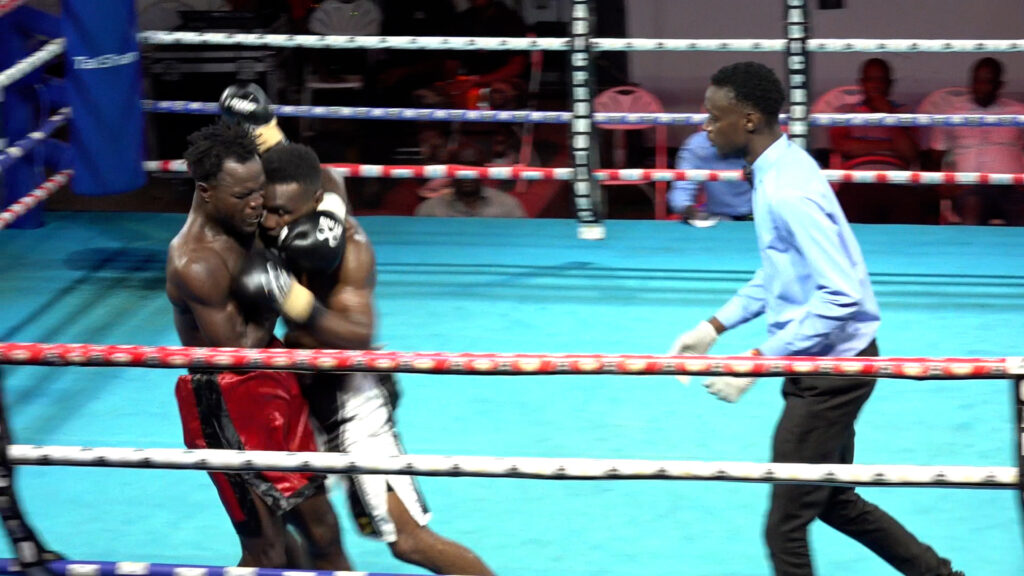
Incident 1: The ‘No Contest’ Confusion
The controversy began at Cabic’s May 9 event during a welterweight clash between Emmanuel Quaye and Joseph Tagoe. A sixth-round clash of heads, initiated as Tagoe appeared to grab and pull Quaye during an exchange, left Tagoe injured. As he received medical attention amidst protest, ring announcer Mohammed Amin Lamptey declared the bout a ‘no contest’ on the referee’s instruction.
The move stunned the crowd and infuriated promoters, especially the Cabic management team, who also manage Quaye. Accusations of bias and rule misapplication followed, leading to a dramatic standoff that ended with the announcer being removed and replaced mid-show. According to the Ghana Boxing Authority (GBA), the ‘no contest’ ruling was meant to protect Quaye from what they argued should have been his disqualification.
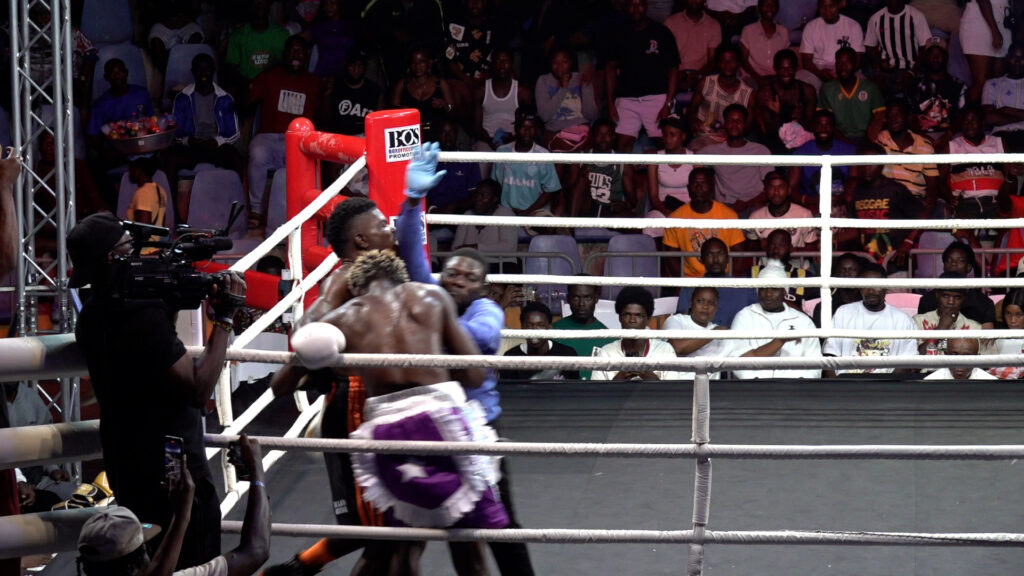
When Is a Fight Declared a No Contest?
In global boxing, a ‘no contest’ is usually declared under these conditions:
- Before Four Completed Rounds: If a bout is halted due to an accidental injury, like a clash of heads, before the end of Round 4, it is ruled a no contest.
- After Four Rounds: If the injury occurs after four full rounds, the result is determined by judges’ scorecards (technical decision).
- External Disruptions: Ring collapses, power outages, or other disturbances can also trigger a no-contest.
In this case, the clash happened after Round 6. Per global standards, the outcome should have been determined by the scorecards, not ruled a no contest. Instead, confusion about the rules led to unnecessary tension.
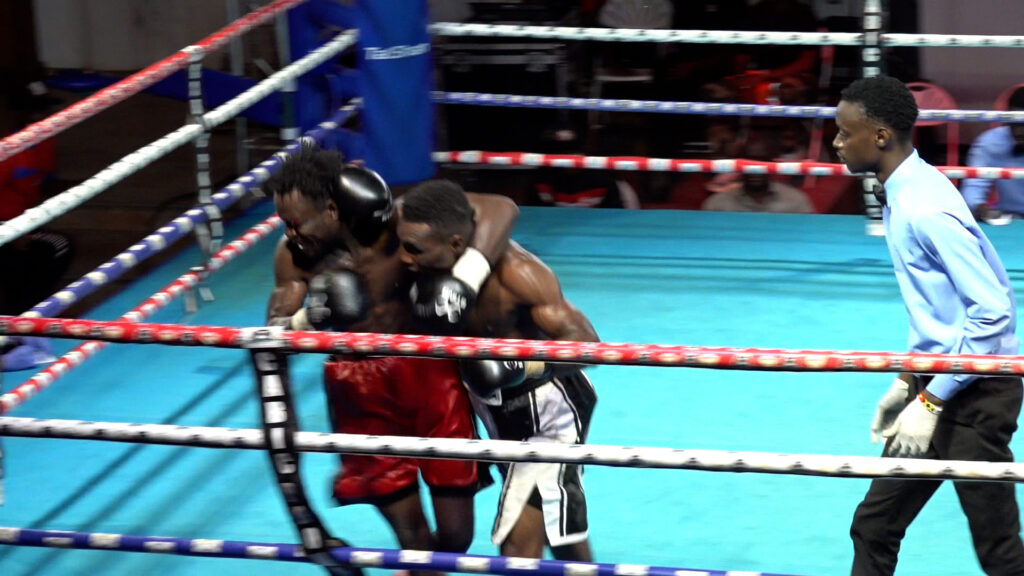
Incident 2: Early Stoppage at Bukom Arena
At Bukom on May 10, another drama unfolded. During a national welterweight final eliminator between veteran Isaac Aryee and rising prospect Isaac Commey, referee Richard Amevi called a technical knockout in Round 3.
Commey landed a barrage of punches, and Aryee backed off without throwing a counter. Amevi stepped in. Aryee protested fiercely, arguing he wasn’t hurt and still capable of continuing. The decision divided fans, prompting the GBA to withhold an official result pending review.
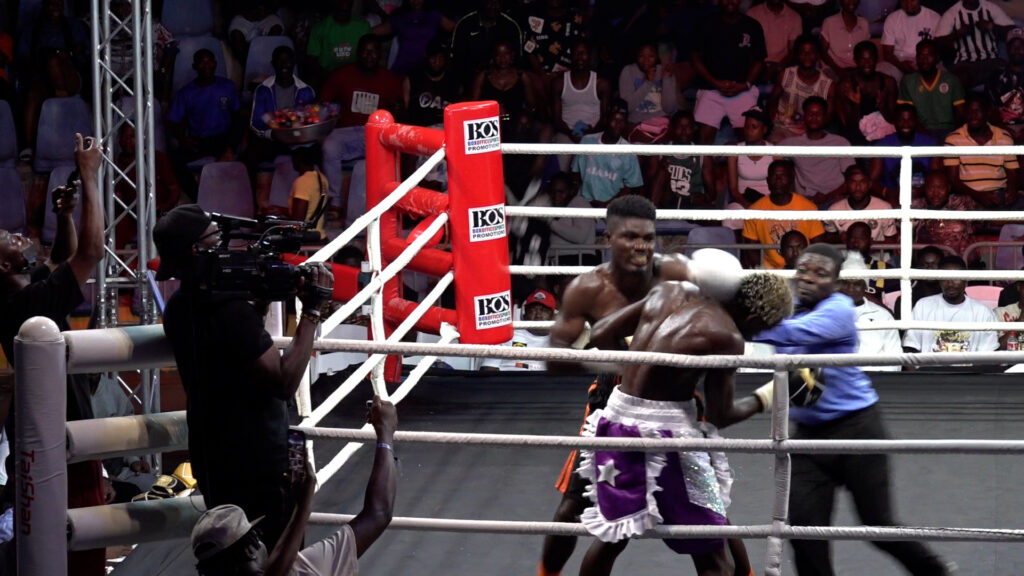
What Do the Rules Say?
There’s no fixed number of unanswered punches required for a stoppage. Referees consider:
- Unanswered Punches: A flurry of 6–10 clean hits with no response can prompt a stoppage.
- Lack of Intelligent Defence: If a boxer isn’t blocking, countering, or evading, the referee may step in.
- Signs of Distress: Stumbling, dazed expressions, or visible injury also justify ending a fight.
The rule gives referees discretion, but in a match like Aryee vs. Commey, such discretion must be applied with consistency and clarity, especially in high-stakes contests.
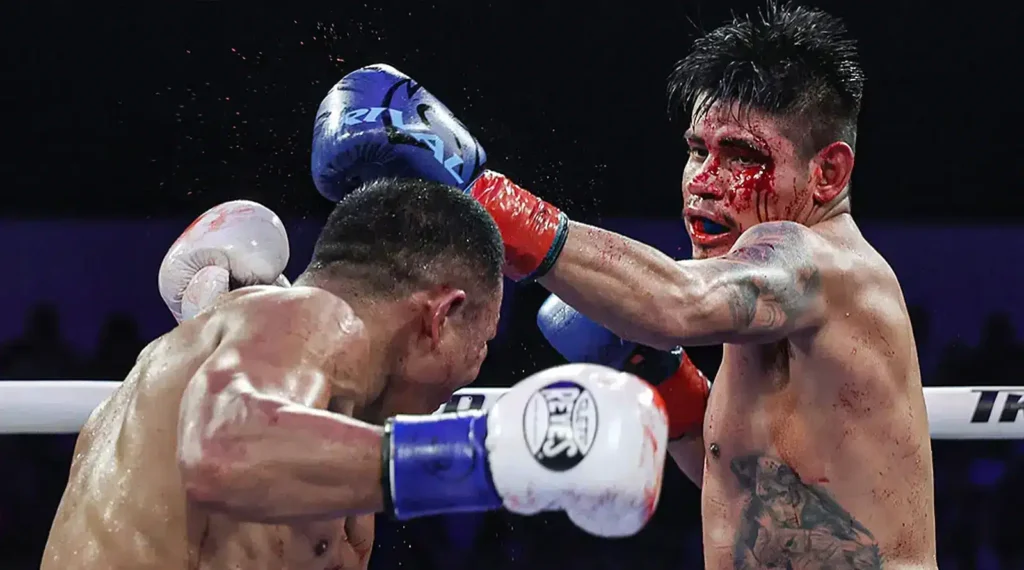
Meanwhile in the U.S.: World Title Fight Mired in Controversy
Over at Pechanga Arena in San Diego, Top Rank Boxing’s main event saw Emanuel Navarrete controversially awarded a technical decision over Charly Suarez in a WBO junior lightweight title fight. A cut over Navarrete’s eye was initially ruled as caused by a headbutt, but replays revealed it came from a Suarez punch.
Though Navarrete won via scorecards after the bout was stopped in Round 8, new video evidence has prompted calls to overturn the decision to a no-contest. The California State Athletic Commission is now reviewing the outcome.
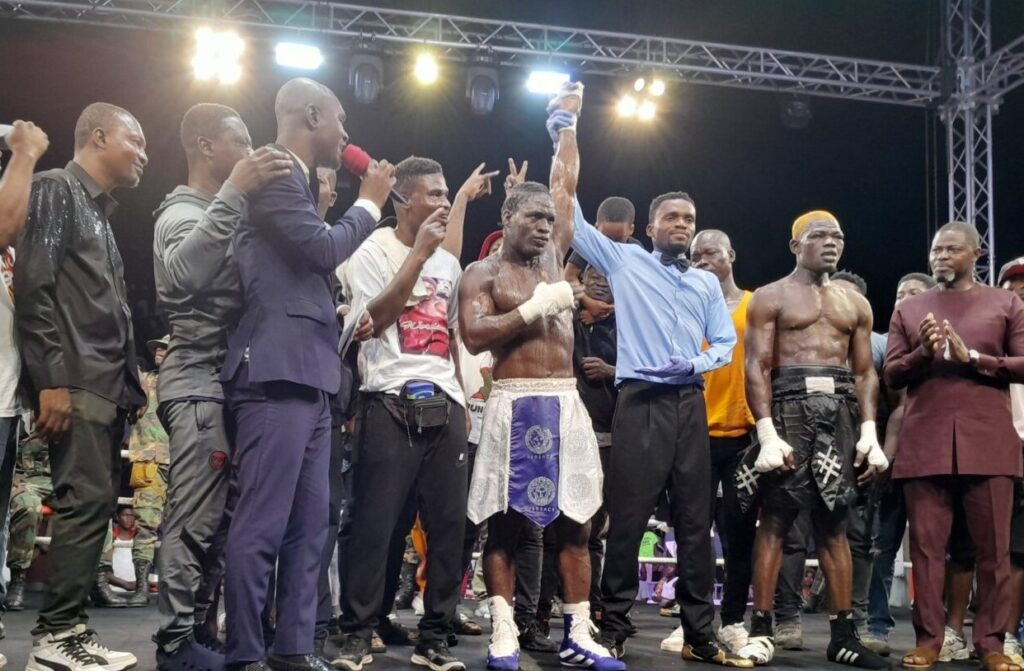
What’s the Way Forward?
These incidents, local and international, highlight a deeper issue: a lack of uniformity in how rules are applied. While referees must protect boxers, their decisions must also uphold the spirit of fair play and competitiveness.
Borrowing from football’s Video Assistant Referee (VAR), some have called for boxing to adopt video replay in contentious cases. While that might be a stretch for resource-constrained jurisdictions like Ghana, what’s urgently needed is:
- Clear communication from referees and commissions during and after controversial calls.
- Rule education for promoters, fighters, and fans.
- Post-fight review mechanisms to correct mistakes swiftly.
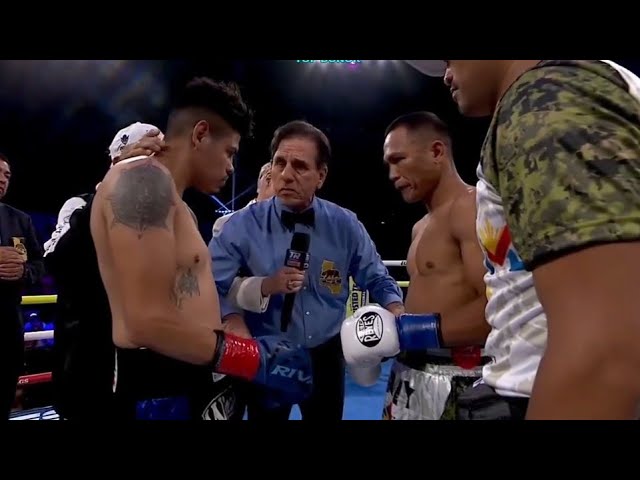
The Bottom Line
Boxing is governed by rules to protect the fighters and the integrity of the sport. But when those rules are inconsistently applied or misunderstood, they risk undermining the sport’s credibility. In Ghana, and everywhere, fighters deserve clarity, fans deserve transparency, and referees deserve support to make the right calls.
As the boxing world continues to grow, so must its governance, because it’s not just about who wins or loses, but how we protect the spirit of the fight.
By: Peter Quao Adattor








